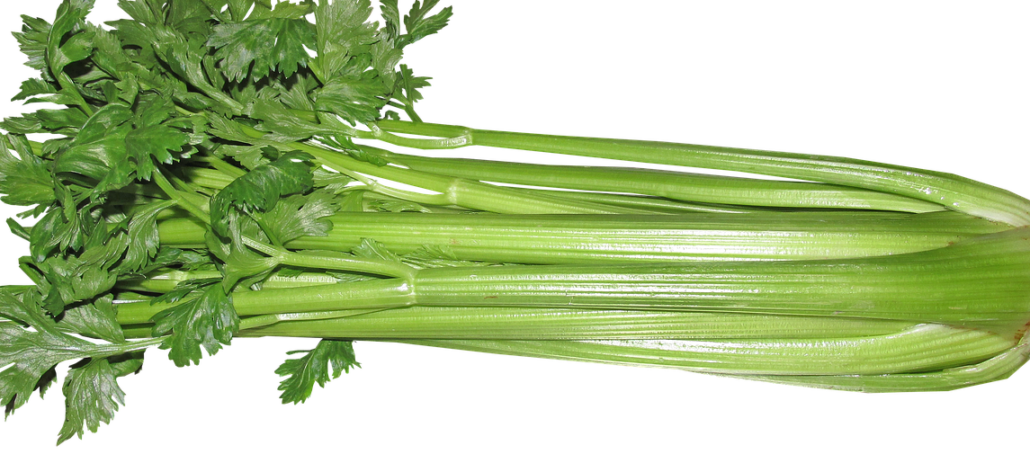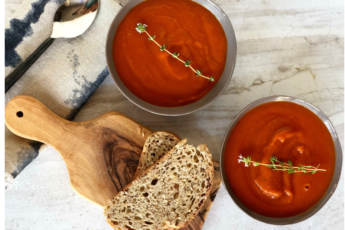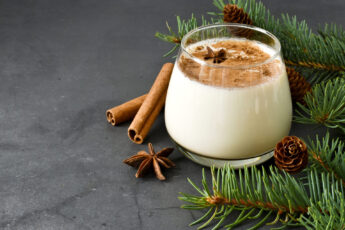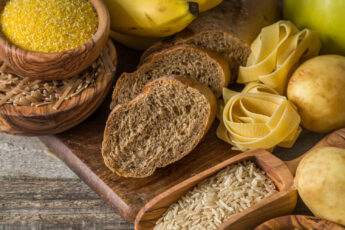Think nitrates in your food and eating healthy don’t go together? What’s this gorgeous spinach salad have to do with nitrates? Read on, but let’s start at the beginning.
You’re not going vegan but you want to eat better and you’ll start with baby steps, like I talked about in my previous post. OK, and here are some popular intentions:
- Try and eat more leafy green stuff.
- Definitely cut the hot dogs, ham, bacon, the deli stuff, and “processed” meat, even if it’s lean. Everyone knows that stuff is “bad” because it has nitrates, right?
Swapping out hot dogs and ham for spinach and beets (the new “in” veggie for 2019, as I mentioned here) would at least cut back on the nitrates, right? Wrong.
Where the Real Nitrates Are
Indeed, a bunch of healthy, nutrient-rich veggies like beets, spinach, celery, even iceberg lettuce and broccoli, have more nitrates than that hot dog you snuck in for lunch last week. Check out this chart from a 2012 report of the nitrate content in foods. Amounts are in “parts per million” (ppm):

- Beets: 2797 ppm
- Spinach: 2333 ppm
- Celery: 1496
- Mushrooms: 590 ppm
- Broccoli: 394 ppm
- Strawberries: 173 ppm
- Cured sausage (hot dog), cooked: 32 ppm
Are Nitrates in Fruits and Veggies a Problem?
No, and not in other foods either, according to Melissa Joy Dobbins MS, RDN, CDE and known as The Guilt-Free® RD. “This is a great example of how misinformation can create a “fear factor” when it comes to food. I think most people who are concerned about nitrates/nitrites would be surprised to learn that the majority of these nutrients in our diet are not from cured meats, but from plant foods, namely a variety of vegetables.”
Dobbins’ statement is evidence-based and reflects the conclusion of this 2015 meta-analysis of many studies on dietary nitrates, nitrites, and nitrosamines, which found nitrates associated with a decreased risk of gastric cancer. The slight increased risk associated with increased nitrite intake was considered weak, and tended to come from weak or poorly-designed studies, which muddied their findings. Even then, spinach still has more nitrites than cured sausage.
Nitrates & Their Cousins: Nitrites and Nitrosamines
Here are the basics you need to know about these:
- Nitrates are naturally present in lots of different foods.
- Nitrites are also naturally present in foods but most are formed when bacteria in your saliva convert nitrates to nitrites.
- Nitrosamines are not naturally present in food but can form in food through several pathways. Cooking at a high temperature, such as frying cured meat, or when an acid (like stomach acid) is present. If there’s any concern, it’s with the formation of nitrosamines. Even then, conversion from nitrite to nitrosamine can be inhibited or stopped by the addition of compounds like ascorbic acid, or “vitamin C”. Seriously – check the ingredient label of many cured foods like hot dogs and you’ll find “ascorbic acid” is often present.
“Nitrate-Free” Cured Meat?
There are cured meats labeled “no added nitrates.” What they add instead is celery powder. As you’ll see from the table above, celery is loaded with natural nitrate. There’s no evidence that there’s any difference between the nitrate in celery powder and the nitrate added to “nitrated” cured meat.

Nitrates: The Boil-Down
It’s ironic to know that someone eating a spinach salad is probably getting 10 times more nitrates than the person eating the ham sandwich, but Dobbins noted, “Does that mean we should be afraid of eating vegetables? No. It means we should look at the overall nutrients a food provides and try to consume more nutrient-rich foods and fewer empty-calorie foods.”
It may be that the folks who eat lots of cured meat may also have a less-healthy lifestyle overall. They may be less likely to engage in regular physical activity, and less likely to eat a lot of veggies and fruits, and may drink more soda or eat more junk snacks.
Cut-To-The-Chase-Advice
Eat all the spinach, beets, mushrooms, celery and broccoli you can fit into your diet. As for cured meat, I like Dobbins’ approach. Nitrates may not be an issue but balance still is, so don’t go crazy at a cold-cut buffet. If you like cured meats, make them leaner cuts, like ham, instead of sausage. And have that ham with lots of veggies – even high-nitrate ones like spinach and broccoli. A meal loaded with nitrates can, and should, still be healthy.






